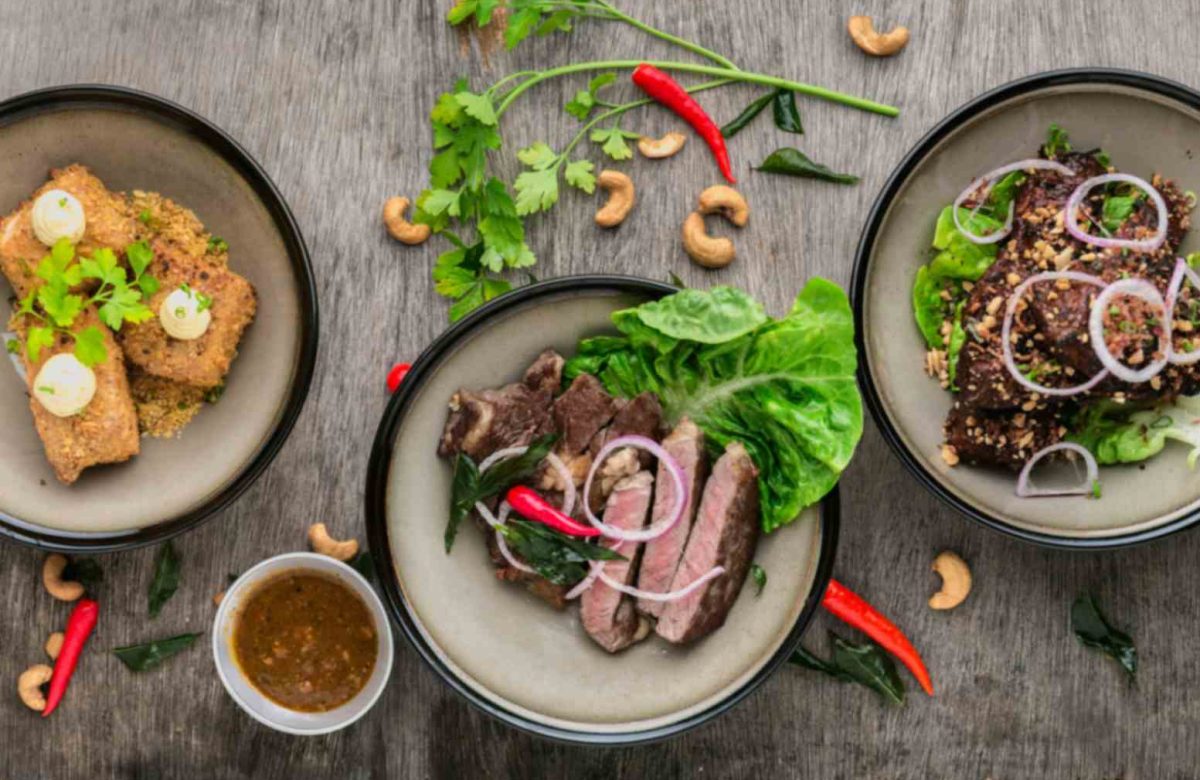How to Incorporate Plant-Based Proteins into Your Diet

The numerous health benefits and environmental benefits of plant-based diets have fueled their popularity. Whether you’re a full-fledged vegan or someone looking to reduce their meat consumption, incorporating plant-based proteins into your diet can be a delicious and nutritious way to meet your protein needs. Plant-based proteins are not only rich in essential nutrients but are also often lower in saturated fat and cholesterol. In this blog, we will explore a variety of plant-based protein sources and provide practical tips on how to incorporate them into your daily meals.
Benefits of Plant-Based Proteins
- Heart Health: Plant-based proteins are typically lower in saturated fats, which can promote heart health and reduce the risk of cardiovascular diseases.
- Weight Management: Plant-based proteins are often more filling due to their higher fiber content, aiding in weight management and reducing overeating.
- Digestive Health: The fiber found in plant-based proteins supports healthy digestion and can alleviate digestive issues such as constipation.
- Nutrient-Rich: Plant-based proteins are abundant in essential vitamins, minerals, and antioxidants, providing a wide range of health benefits.
- Environmentally Friendly: Plant-based proteins have a lower environmental footprint compared to animal-based proteins, making them a sustainable choice for the planet.
Read More : How to Boost Your Brain Health with Nutrient-Rich Foods
8 Plant-Based Protein Sources
1. Legumes
Legumes are an excellent source of plant-based proteins. Options like lentils, chickpeas, black beans, and kidney beans offer a substantial amount of protein per serving. They are also high in fiber, iron, and folate.
2. Soy Products
Soy-based foods, including tofu, tempeh, and edamame, are complete proteins, meaning they provide all the essential amino acids needed by the body. A wide variety of dishes can be made with them.
3. Nuts and Seeds
Nuts and seeds, such as almonds, chia seeds, pumpkin seeds, and hemp seeds, are not only rich in protein but also provide healthy fats, vitamins, and minerals. They make a great addition to salads, smoothies, and granola.
4. Quinoa
In addition to being a complete protein, quinoa contains all nine essential amino acids. It is also a good source of fiber, iron, and magnesium. Use quinoa as a base for salads, bowls, or as a side dish.
5. Grains
Whole grains like brown rice, farro, barley, and oats offer a moderate amount of protein and are versatile options to include in your diet.
6. Seitan
Seitan, also known as wheat gluten, is a protein-rich meat substitute that can be used in various dishes. It has a chewy texture and is a great source of protein for plant-based diets.
7. Lentils
Among the many plant-based proteins available, lentils are one of the most versatile and cost-effective. Veggie burgers, soups, stews, and salads can all be made using them.
8. Plant-Based Protein Powders
Plant-based protein powders made from sources like pea, hemp, or brown rice protein can be added to smoothies or baked goods to boost protein content.
10 Practical Tips for Incorporating Plant-Based Proteins
1. Experiment with Different Protein Sources
Don’t be afraid to try new plant-based protein sources and experiment with different recipes. Variety is the key to a balanced and enjoyable plant-based diet.
2. Start with Familiar Dishes
Incorporate plant-based proteins into dishes you already enjoy. For example, add black beans to your tacos, tofu to your stir-fries, or chickpeas to your salads.
3. Blend Your Proteins
Combine multiple plant-based protein sources to create a complete protein meal. For example, pair beans with rice, tofu with quinoa, or peanut butter with whole-grain bread.
4. Make Protein-Rich Snacks
Prepare protein-rich snacks to keep your energy levels up throughout the day. Snack on roasted chickpeas, trail mix with nuts and seeds, or peanut butter with apple slices.
5. Use Protein Powders in Smoothies
Boost the protein content of your smoothies by adding a scoop of plant-based protein powder. This is an easy way to increase your protein intake, especially after a workout.
6. Prepare Protein-Packed Breakfasts
Start your day with a protein-packed breakfast. Incorporate plant-based proteins into your morning meals with dishes like tofu scramble, chia seed pudding, or nut butter on whole-grain toast.
7. Plan Balanced Meals
Maintain a balanced diet by planning your meals. Include a mix of plant-based proteins, whole grains, fruits, vegetables, and healthy fats in each meal.
8. Focus on Whole Foods
Choose whole foods over processed options whenever possible. Whole plant-based proteins are more nutrient-dense and offer a wide range of health benefits.
9. Be Mindful of Portion Sizes
While plant-based proteins are beneficial, it’s essential to be mindful of portion sizes. Consuming too many calories from any source can lead to weight gain.
10. Educate Yourself
Learn about the nutritional content of different plant-based protein sources and how they can fit into a balanced diet. Making informed choices is made easier when you educate yourself.
Conclusion
Incorporating plant-based proteins into your diet can provide a wealth of health benefits, including improved heart health, better weight management, and enhanced digestive health. By including a variety of plant-based protein sources in your meals, you can ensure that you are meeting your protein needs while enjoying a diverse and delicious range of foods. Whether you’re fully committed to a plant-based lifestyle or just looking to add more plant-based options to your diet, the abundance of nutrient-rich plant-based proteins offers endless possibilities for flavorful and satisfying meals. Embrace the adventure of exploring new ingredients and recipes as you nourish your body with the goodness of plant-based proteins.




